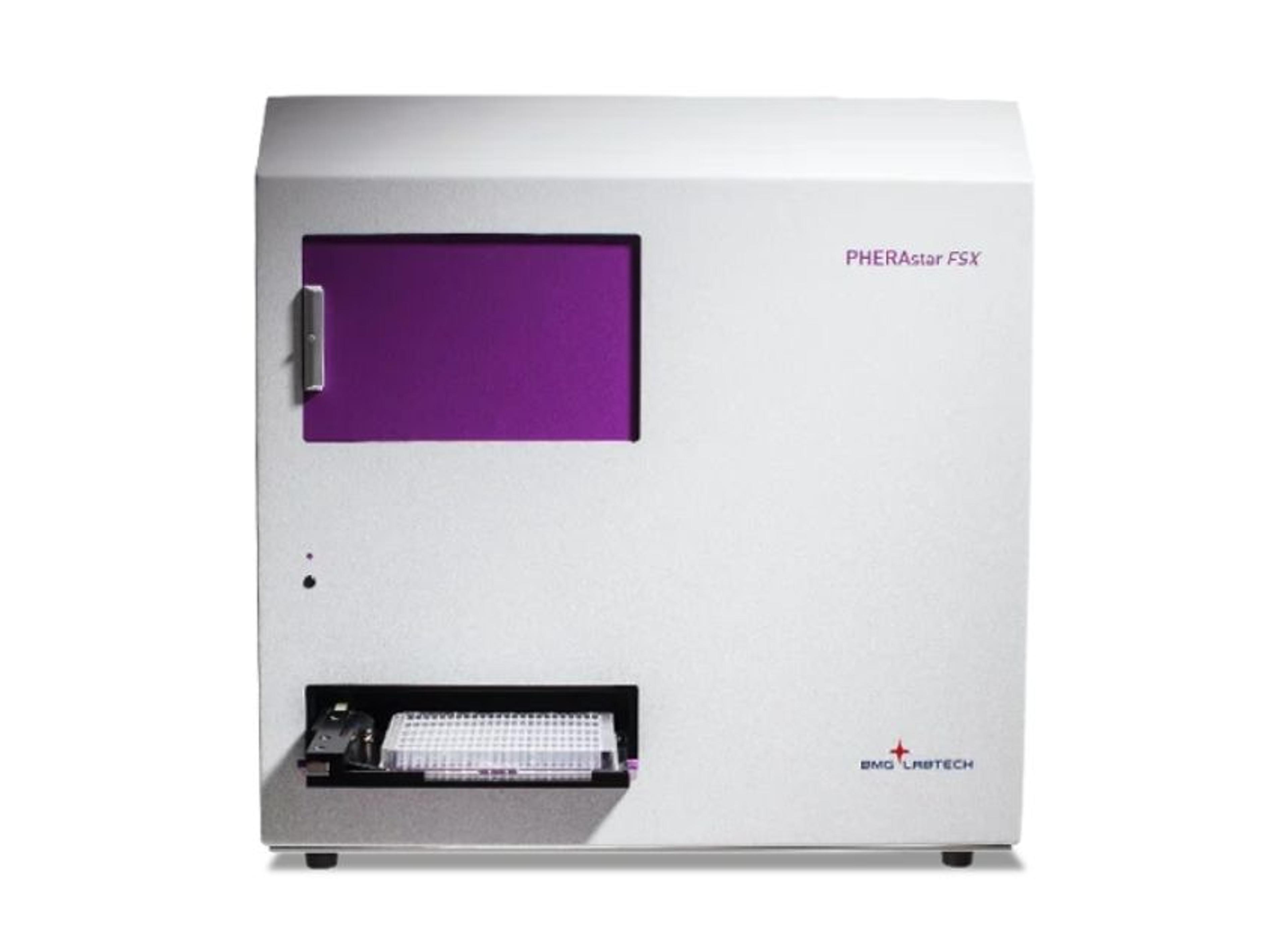International Collaboration Develops Class Leading Technology
BMG LABTECH reports success from a recent Australian Research Council Linkage Grant
17 Jun 2015
The grant is targeted towards developing new technological approaches enabling academics, biotech and pharmaceutical companies to discover novel treatments for a range of disorders. A major outcome of the grant has been published recently in Nature Methods (Stoddart et al., 2015).
The paper entitled “Application of BRET to monitor ligand binding to GPCRs” demonstrates for the first time the principle of real time ligand binding to G Protein-Coupled Receptors (GPCRs), the single most important family of drug targets, using Bioluminescence Resonance Energy Transfer (BRET). In effect, the BRET technique has been shown to be an alternative to radio ligand binding experiments and extends researchers’ capability to allow assessment of real time binding kinetics in live cells. This adds to the established capability of BRET to monitor protein-protein interactions in real time in live cells, further enhancing biologists’ and pharmacologists’ insights into real time cellular processes.
The project combines the knowledge and expertise of the laboratories of Associate Professor Kevin Pfleger of The University of Western Australia/Harry Perkins Institute of Medical Research and Professor Stephen Hill of The University of Nottingham (UK) who are leaders in BRET and fluorescence technology development respectively. All BRET measurements shown in the paper were performed on BMG LABTECH’s multimode microplate readers CLARIOstar® and PHERAstarFS . BMG LABTECH Australia placed both readers at disposal of the group to support the grant.
Both microplate readers are qualified for all Luminescence measurements. Equipped with BMG LABTECH’s LVF monochromatorTM technology the CLARIOstar® allows continuously adjustable bandwidths from 8 to 100 nm. The PHERAstarFS comes with assay-optimized optic modules and the fastest read times.


